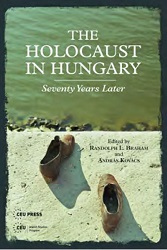
We kindly inform you that, as long as the subject affiliation of our 300.000+ articles is in progress, you might get unsufficient or no results on your third level or second level search. In this case, please broaden your search criteria.

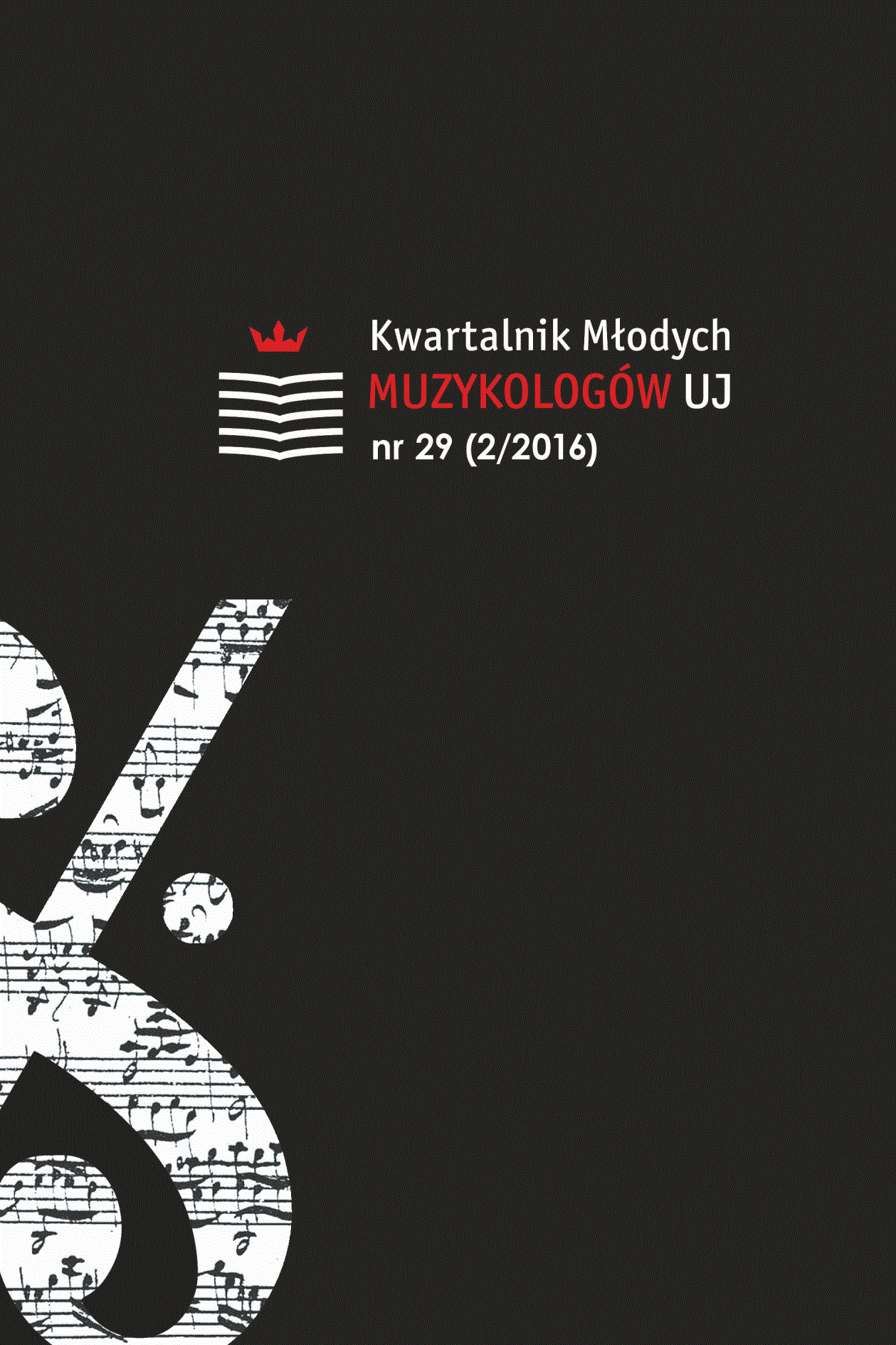
The purpose of this paper is to examine the way in which the experience of the Holocaust can be represented, embodied and even relived in or through music. The category of experience thus serves as a main methodological tool in this survey, helping to reconstitute the process of expressing it through music, specifically in Arnold Schoenberg’s A Survivor from Warsaw Op. 46. A related point to consider is the composer’s engagement in the fight for human rights just before the World War II, a fact that is not yet widely recognized. A brief overview of Schoenberg’s religious, social, and political environment is followed by the history of the Survivor’s… origins, analysis of its literary text, and, finally, interpretation. While discussing the ethical limits of the Holocaust representation, the opinions of Theodor W. Adorno, Ernst van Alphen, Berel Lang, and Giorgio Agamben are consulted.
More...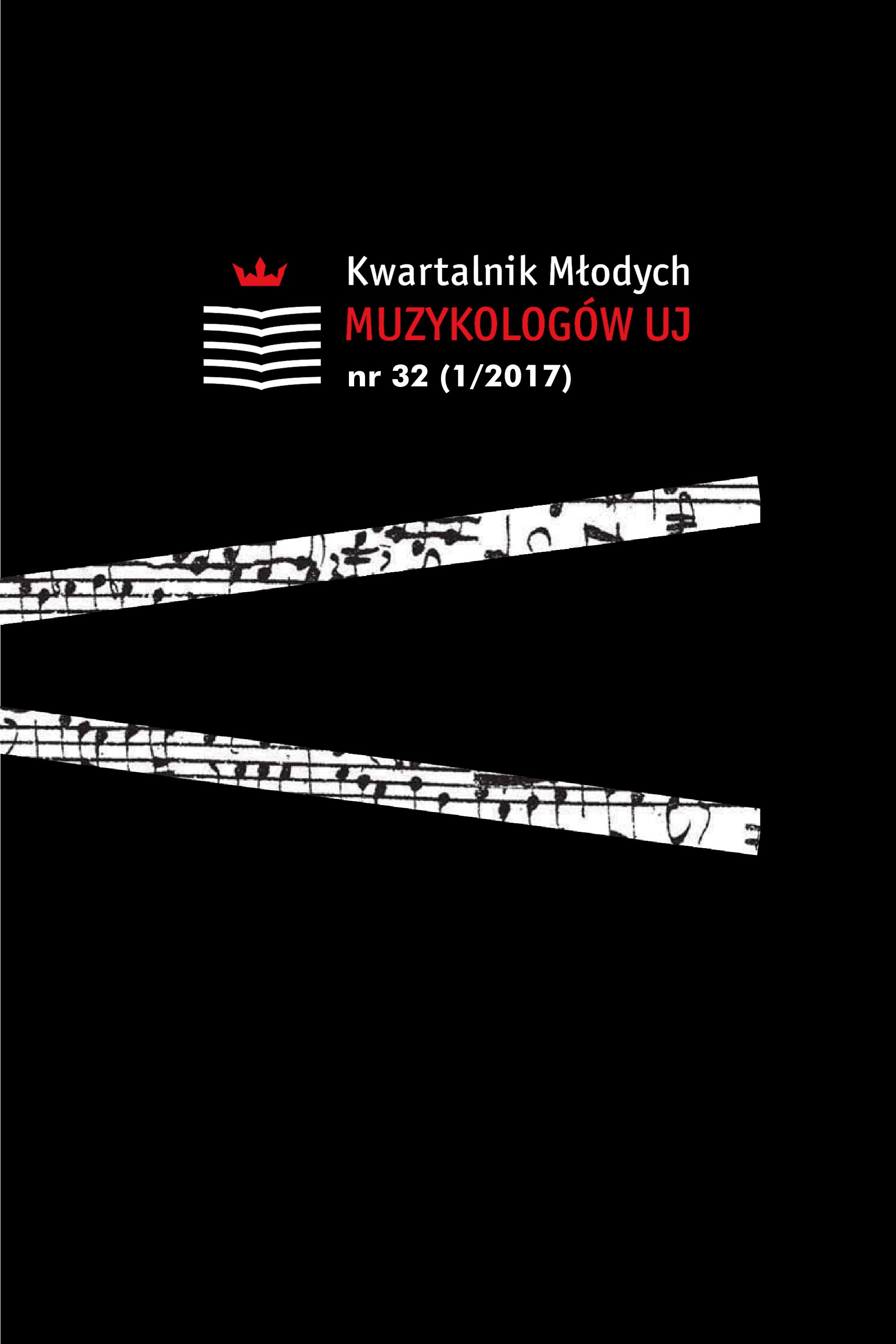
The article presents the conclusion of the research conducted by the author in the collection of the State Museum of Auschwitz-Birkenau, former German Nazi concentration and extermination camp. The sources are fully featured and described for the first time. The article focuses on showing a complicated post-war history of the camp items connected with music (musical instruments, printings, manuscripts, handwritten copies of instrumental books), which are auxiliary sources to reconstruct the repertoire of chapels in KL Auschwitz-Birkenau. The main aim of the article is to also discuss the preserved repertoire. In the last chapter, the author presents a short characteristics of original works composed by musicians and composers in slavery with a short analysis of all of them. Presented musical printings are a reflection of tastes of the German public in the 1930s as well as an example of ridiculous anthropological establishments of Nazi music scientists and no ability to implement it on listeners practice. In addition, the work contains annexes: musical instruments, original works composed during camp existence, and musical printings – a list of music materials which survived in the collection of the Auschwitz-Birkenau State Museum.
More...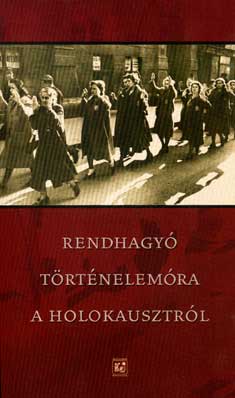
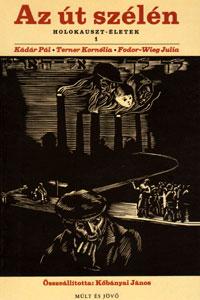
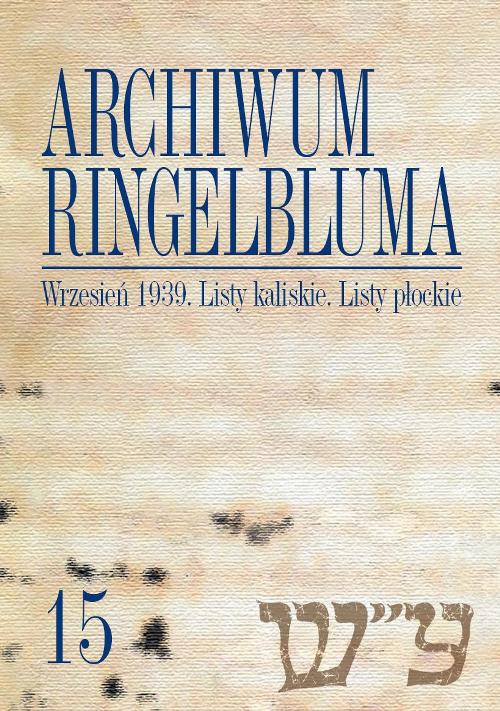
The volume consists of three very different parts. The first part includes documents related to the German aggression against Poland in 1939. They describe the first months of the war, mostly warfare, but focus is also given to the fate of Jewish soldiers – POWs. The second part contains private and official correspondence from and to the Jews of Kalisz sent between August 16, 1939 and December 31, 1941 from the Warthegau, the General Government, and from abroad. The third part contains the letters sent between February and June 1941 by the Jews deported in early 1941 from Płock to the General Government.
More...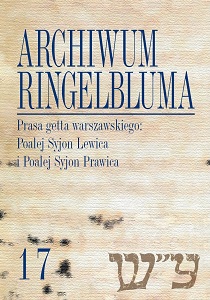
The volume contains the clandestine publications of Poale’ Zion Left and Poale’ Zion Right. This press almost entirely belongs to the propaganda-political type of publications. It covers three basic segments: war communications, texts concerning the present situation of the Jewish population and historical-ideological essays. All data are interpreted most often through the socialist-Zionist doctrine. The most detailed are articles on the Warsaw Ghetto. However the majority of space was devoted to reports from Palestine and visions of the post-war Jewish future. There are also extensive texts on Jewish and universal history and culture.
More...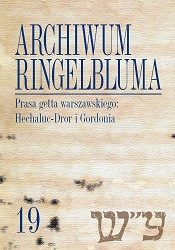
The volume contains the underground press published by Hechalutz-Dror and Gordonia, youth organizations politically affiliated with the Labor Zionism and belonging to the Hechalutz movement which trained pioneers for work in agricultural collective farms in Palestine. Publishing the underground press was a part of wide clandestine activity of the two organizations in the Warsaw ghetto. Their primary objective was to undertake the educational and formative activities addressed to the youth, including the reinstatement of the agricultural training farms. Education and training were among the most important subjects the press dealt with.
More...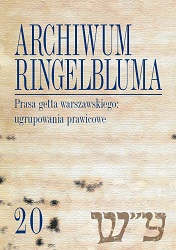
This volume consists of press materials issued probably from 1941 (or 1940) until 1943 by the right-wing circles: Agudat Israel, Betar (revisionists), General Zionists, and the so-called assimilators associated with the group Żagiew. In general their authors distanced themselves from leftist views but each community focused on the problems most important to them. For Agudat Israel, these were religious issues; for Betar – those related to the life and ideology of Vladimir Jabotinsky; for General Zionists – future life in Palestine and the current problems of education and upbringing; for Żagiew – the on-going struggle against the occupier and the post-war life in the restored Poland.
More...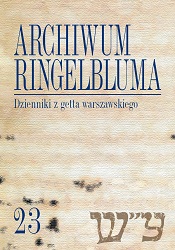
The volume contains the first complete edition of the diary of Abraham Lewin and the collection of other diaries and testimonies from the Warsaw ghetto. Abraham Lewin was a member of the executive board of Oneg Shabbat. His diary covers the period from April 1942 to January 1943 and is one of the most important documents dealing with history of the Warsaw ghetto, in particular with the great deportation of July–September 1942. Most of the other testimonies were written in 1941 and 1942. While some authors are anonymous, others are well-known associates of Oneg Shabbat, including Jechiel Górny, Eliasz Gutkowski, Menachem Mendel Kohn, Mordechaj Szwarcbard, and Nechemiasz Tytelman.
More...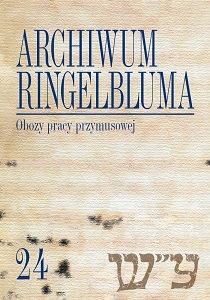
This volume illustrates the working and living conditions of the Jewish forced labourers in the labour camps. The testimonies refer mainly to the years 1940–1942 and to the places where Warsaw Jews worked: Bełżec, Chełm–Włodawa, Kampinos, Wilga, Łowicz and Drewnica. Part one of the volume features documents about the early stages of staying in the camps (roundups, medical examination before deportation to the camps, etc.) or general issues, while part two contains descriptions of individual camps. The testimonies are completed by some official German and Jewish documents.
More...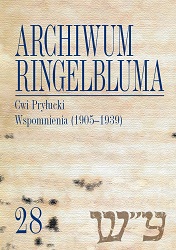
The volume consists of a single document – a memoir of Cwi Pryłucki, dictated by the author to his daughters in the Warsaw ghetto. The twelve notebooks that survived in ARG cover the period 1905–1912. Cwi Pryłucki was a supporter of the Zionist movement and co-worker of the Hebrew press: the editor of the first Warsaw Jewish daily “Der Weg”, a co-editor of the newspaper “Unser Leben” and an editor-in-chief of the daily “Der Moment”. In his memoirs he mentions a number of figures important to the history of Jews in Eastern Europe and Eretz Israel before 1939.
More...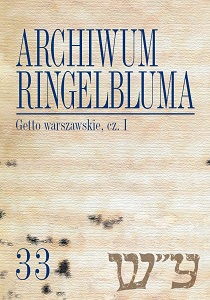
The two-part collection of materials on life in the Warsaw ghetto includes the documents issued by official structures, German and Jewish, as well as the documents of the Jewish underground. The first part includes the following chapters: Images of the ghetto (social conditions and daily life); Education (the fate of Jewish children and youth, and schooling under the German occupation); Religious life (texts deriving mostly from Jewish orthodox circles); Refugees and deportees; Struggle with typhus; Letters (both sent to and received in the ghetto); Persecution and Destruction.
More...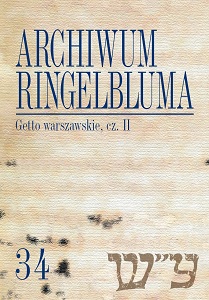
The two-part collection of materials on life in the Warsaw ghetto includes the documents issued by official structures, German and Jewish, as well as the documents of the Jewish underground. The second part is divided into the following chapters: Statistics (data covering various domains of life of the Jewish population); Economics; Shops; Forced labour; House Committees (playing an important role in ghetto self-government); Political and civic organisations and the underground (e.g. resistance movement, including preparations for the uprising); Jewish Order Police; “The Thirteen” (German secret service unit in the ghetto).
More...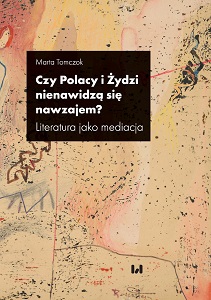
In Polish literature, the story of Jews, their culture and its influence on the Polish society has been in circulation for over three hundred years. Since the 1940s, the Holocaust has delineated the story, testing linguistic efficiency and imagination, as well as forming a permanent reference point in the collective consciousness and one of the most important issues of Polish culture. It can be couched in the question, “How should we build relations with Jews?” Literature has been posing it in a virtually unchanged form for a century, failing to notice the long absence of the important addressee and interlocutor: Jews. The question about Polish relations with Jews, which has an extremely strong impact on writers, requires clarification. Firstly, it is not addressed only to Jewish recipients, but above all to Poles. Secondly, it is symbolic, not actual, and results from the overwhelming need to take over the dominant narrative of mutual relations and “set it up” in such a way that it would no longer be a stain on our history, but would allow us to purge ourselves of it, explain it or even write it anew. From the chapter, “What Unites Us?”
More...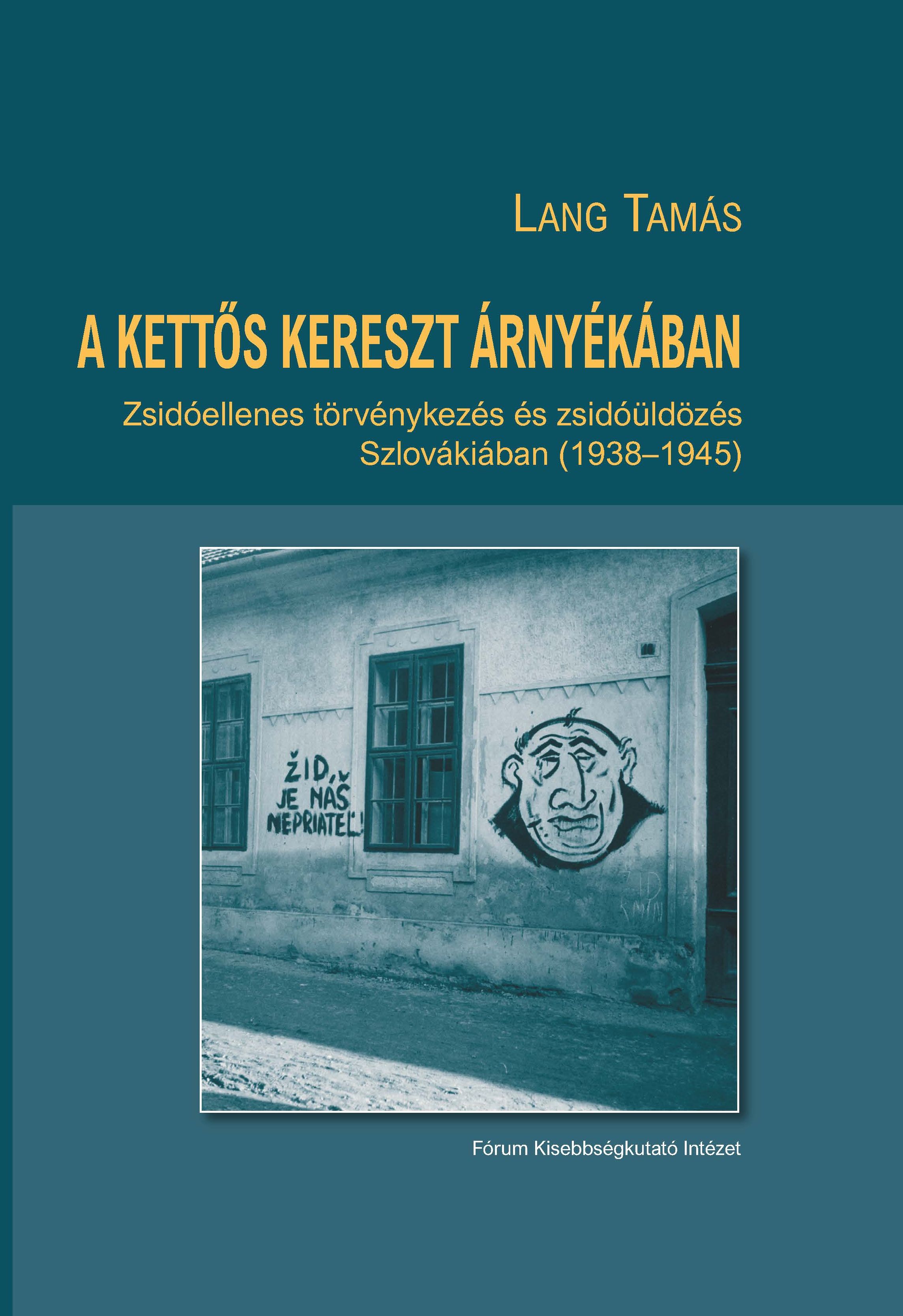
This book presents the background, course, and consequences of the Holocaust in Slovakia. Slovakia was the only country in Europe that voluntarily used its own resources to deport Slovak Jews to the death camps, while paying the German Reich for every Jew deported. The author draws on archival and contemporary press sources, as well as on the literature on the subject, to describe this process, while at the same time also touching on its Hungarian aspects. When describing the tragedy of Slovak Jewry, he does not confine himself to the end of the war, but also addresses the question of the reintegration of the surviving Jews into society and the resurgence of anti-Jewish sentiment in Slovakia after the war.
More...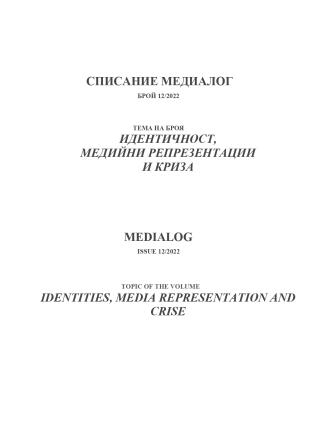
We publish a conversation of the journalist Irina Nedeva with Roumen Avramov, economist and historian, on the occasion of the Bulgarian translation of Nadège Ragaru’s book ‘Et les Juifs bulgares furent sauvés…’. Une histoire des savoirs sur la Shoah en Bulgarie’, Sciences Po. Les Presses, 2020) (“And the Bulgarian Jews were saved...” History of knowledge about the Holocaust in Bulgaria”). The conversation was broadcast on November 8, 2022 in the “Horizont do obed” ("Horizon by noon") program of the Bulgarian National Radio; the text published here is a transcription of it. The questions have been preserved, and in the answers Rumen Avramov has made some stylistic edits, as well as brief substantive additions and clarifications
More...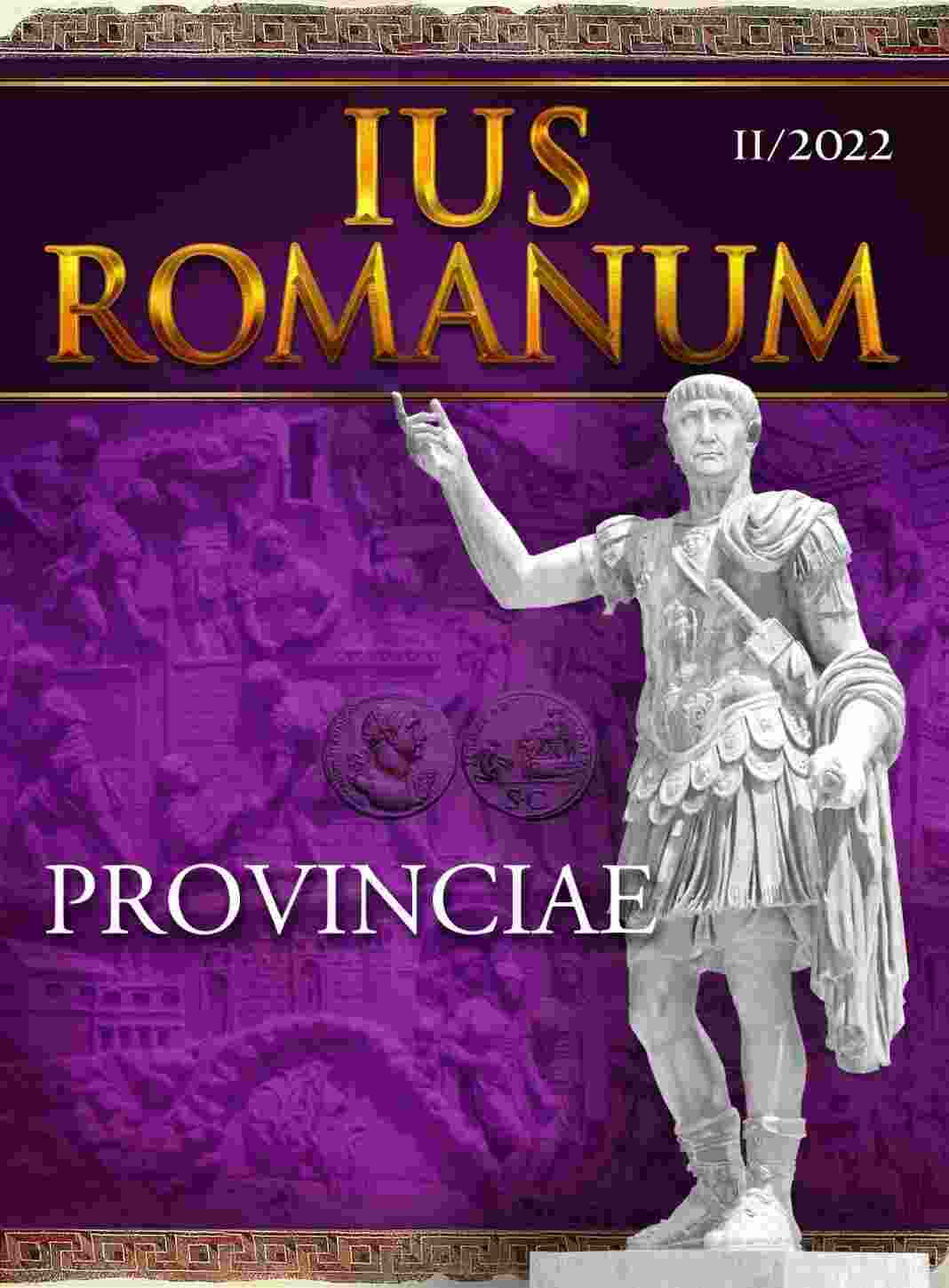
The paper considers the specific problem of the land property outside Italy in the Roman provinces during the period of the late Roman Republic and the early Principate. The author studies how the Roman government faced the new problems that the conquest created and what Rome actually did when first met the Hellenistic concepts of the land property in the conquered territories and how they were applied or modified according to the traditional Roman law principles and regulations. It is emphasized that the need to organize the territory and to define the property of the people who lived on that territory or the rights which they had to the land for a very first time occurred in Sicily which the Romans organized as the first Roman provincia. The article examines the organization of Sicily according to Lex Hieronica, it considers the exemptions and immunities of some cities from the general legal regime of the province, and studies the collection of public revenues and the payments for the taxes for the exploitation of the land – vectigal et vectigalia publica. Key notions and terms like possessio, dominium, mancipatio, vectigal, vectigalia, tributum, stipendium are cleared and special attention is paid to the correct use of the Latin legal terminology. Some of the most important fragments from the Institutes of Gaius about the provincial property are examined and is made a carefully study of his language and the legal aspects of his consideration of the rights that the individuals had over the provincial lands. The research presents in details the organization of other provinces in the late Roman Republic and the early Principate and deals with the richest Roman province – Asia, which brings huge revenues to the Roman budget. Central part of the study is dedicated to the legal regime of the provincial land and the author considers the main opinions on this topic in the recent Roman legal doctrine and translates and analyzes the relevant classical Latin texts in the sources and provides an important bibliography on the problem, he tries also to define the Roman concept for „provincial property“ which for sure was not identical with the dominium ex iure Quiritium in Italy.
More...
In the Roman provinces of Moesia Inferior and Thrace, created at the beginning of the 1st century AD, there is a mutual penetration of the traditions of government, culture and religions of the Thracians, Greeks and Romans. This creates a specific basis for the development of legislation and the legal framework of a number of institutions specific to this region, especially in the province of Lower Moesia, which was not urbanized before the arrival of the Romans. Despite the few sources of data for this period, historical science in Bulgaria as well as other research for the region has had significant successes in reconstructing the political, economic and social situation in this Roman province. However, less attention is paid to provincial law, which poses a challenge for Bulgarian Romanists.
More...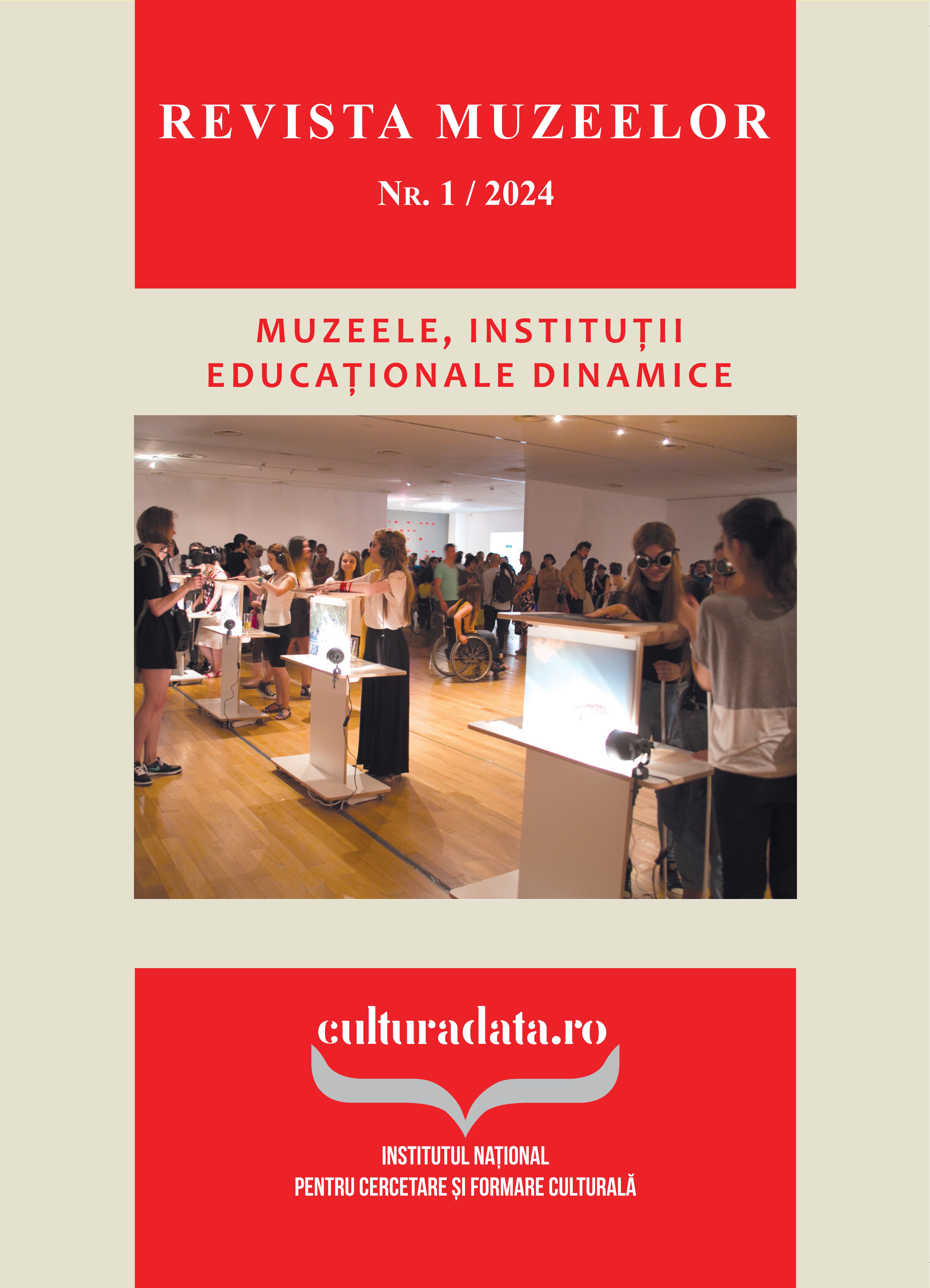
This article explores the interpretation and communication of dark heritage in Sighetu Marmației, focusing on three sites: the Memorial of the Victims of Communism and Anti-Communist Resistance, Pauper’s Cemetery, and the Elie Wiesel Memorial House. We argue that these sites convey Romania’s dark heritage by being associated with events and histories of troubled pasts, namely the Communist oppression and the Holocaust. The analysis addresses how and to what extent objects, politics, and spatiality contribute to the making of a sense of darkness identified in these sites. The article argues that the darkness of these sites is shaped not only by their histories, but also by the narratives constructed around them through the museum exhibits and curation. The study reveals that while these sites aim to educate and memorialise, they also navigate complex political and social dynamics, influencing how their dark heritage is presented and perceived.
More...